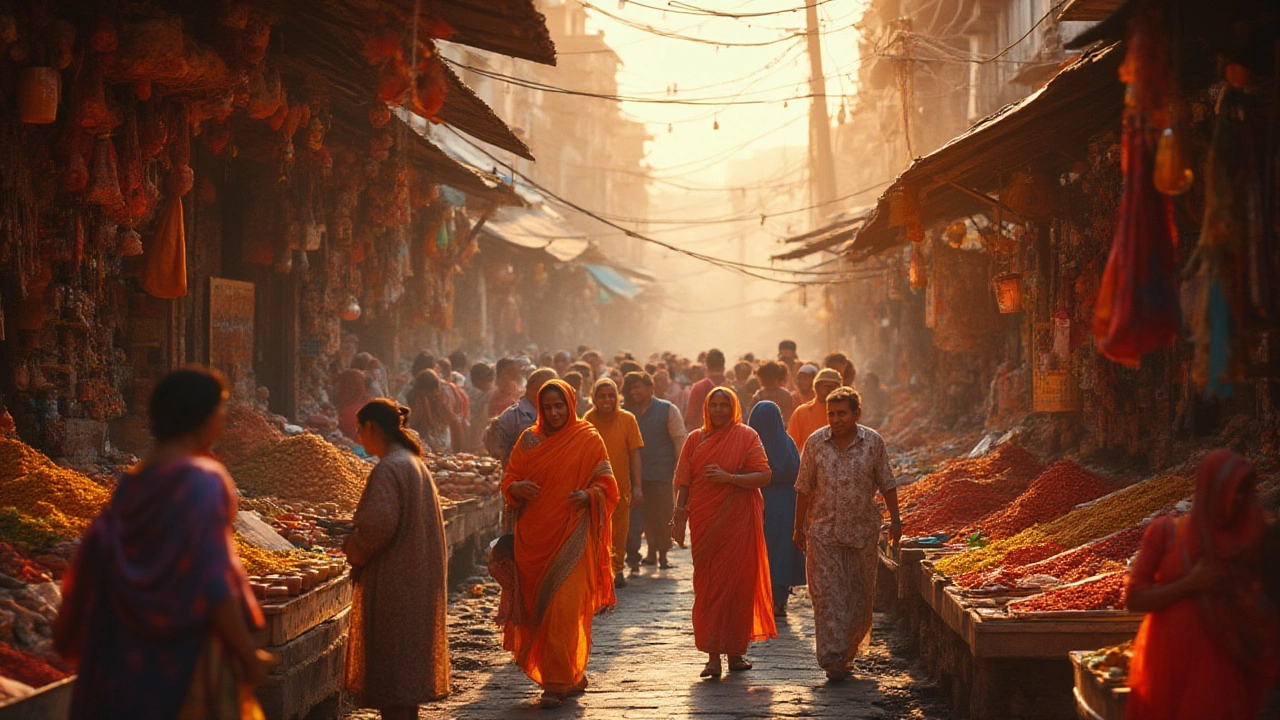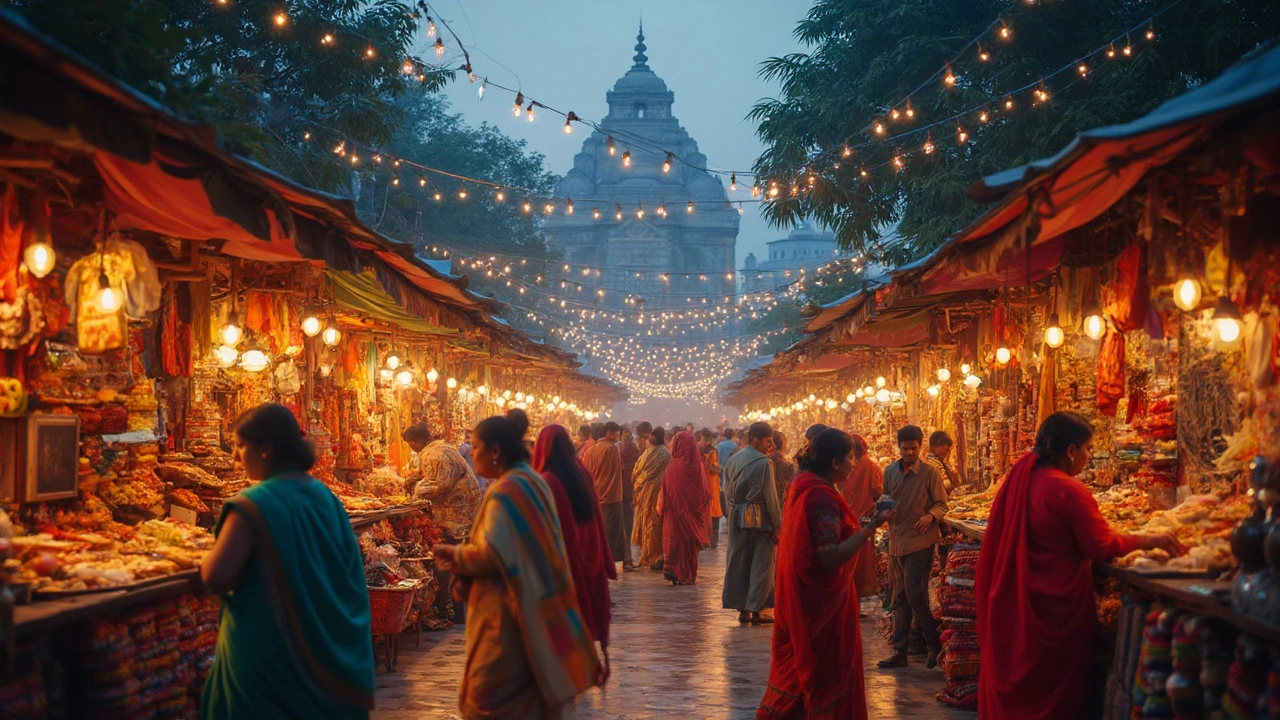Indian Food: What to Eat, Where to Try, and How to Stay Safe
When you think of Indian food, a vibrant, regionally diverse culinary tradition spanning hundreds of distinct styles, spices, and cooking methods. Also known as South Asian cuisine, it’s not just curry and naan—it’s the tangy tamarind chutney of Maharashtra, the coconut-based curries of Kerala, the smoky tandoori meats of Punjab, and the delicate rice dishes of Bengal. This is food shaped by climate, history, religion, and daily life. You won’t find one single Indian cuisine. What you’ll find is over 30 state-level food identities, each with its own rules, ingredients, and flavors.
That diversity is also why Indian street food, a bustling, affordable, and often iconic part of daily eating across cities and villages can be both thrilling and risky. A perfectly spiced pani puri in Delhi or a hot samosa from a Mumbai roadside cart can be the highlight of your trip—or the start of a bad day. The key isn’t avoiding street food. It’s knowing how to pick the right vendor: look for high turnover, clean hands, and food served steaming hot. Avoid anything sitting out in the open for hours, and skip raw salads unless you’re sure they’re washed in filtered water. Food hygiene in India, a mix of traditional practices and modern challenges, varies wildly by location and vendor. But with simple rules, you can eat boldly and safely.
Regional differences matter more than you think. North India leans into dairy, wheat, and rich gravies—think butter chicken, paneer tikka, and parathas. South India is all about rice, lentils, and coconut—dosa, idli, and sambar rule here. In the East, fish and mustard oil dominate, while the West blends coastal seafood with spicy Gujarati sweets. Even the same dish, like biryani, changes completely from Hyderabad to Lucknow to Kolkata. You’re not just eating—you’re tasting geography.
And it’s not just about taste. Indian food is tied to rituals, seasons, and beliefs. Many temples serve free meals called prasad—often vegetarian, always freshly made. In Rajasthan, you’ll find meals served on leaf plates. In Kerala, meals are eaten sitting on the floor. These aren’t tourist tricks—they’re everyday customs. Respect them, and you’ll get more than a meal—you’ll get a connection.
What you’ll find in the posts below isn’t a list of the top 10 Indian dishes. It’s real, practical advice from travelers who’ve been sick, confused, or amazed by what they ate. You’ll learn which foods are safest to try on day one, which drinks to avoid, how to spot a clean kitchen in a crowded market, and why some of the best meals come from places that look the least fancy. Whether you’re planning your first trip or your tenth, this collection gives you the tools to eat like a local—without the risk.

